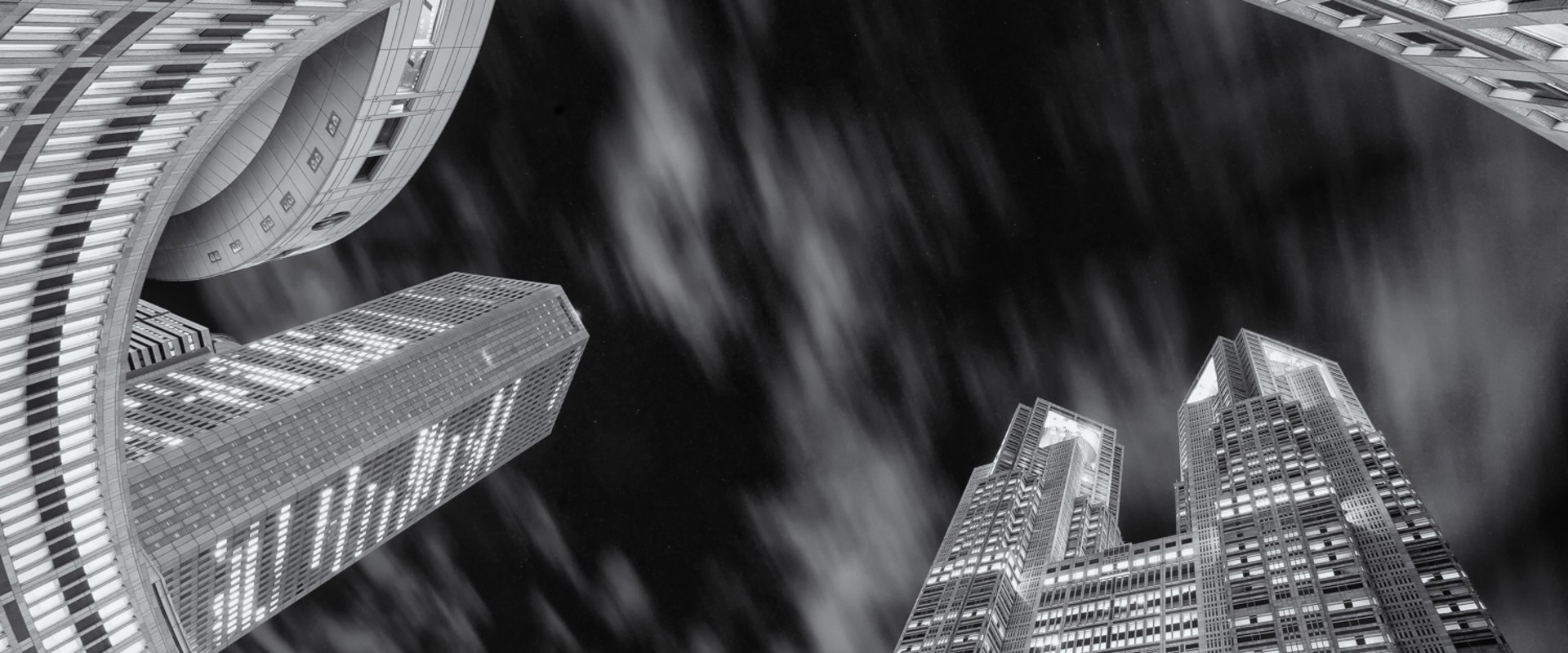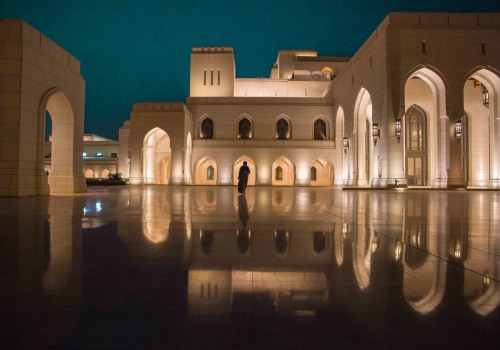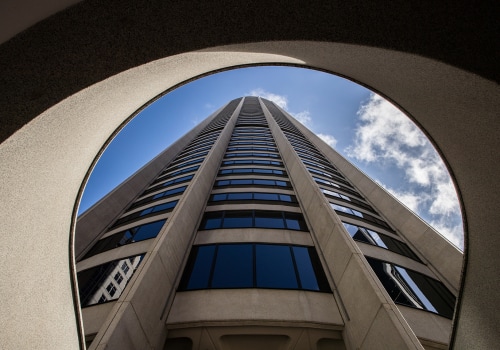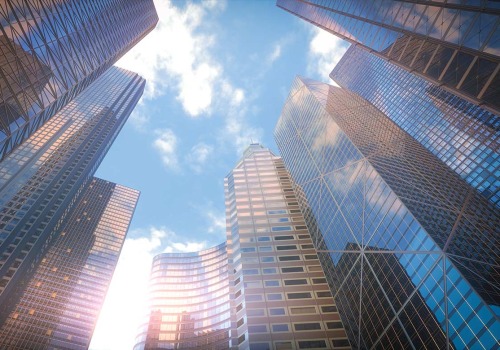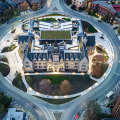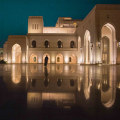Capturing stunning architectural photography requires more than just a good camera – it requires the right camera settings and lenses to capture the perfect shot. Whether you are a professional photographer or an amateur, learning the basics of architectural photography can help you get the best results. In this article, we will cover the essential camera settings and lenses you need to know to take your architectural photography to the next level. From manual mode to aperture settings, we will provide you with all the information you need to create stunning images.
So, read on to discover the best camera settings and lenses for architectural photography. The first step in capturing great architectural photographs is to understand the different camera settings and lenses available. Each type of camera has its own advantages and disadvantages, so it’s important to choose the right one for the job. For example, DSLR cameras offer more control over shutter speed, aperture, and other settings, while mirrorless cameras are lighter and more compact. It’s also important to consider the type of lens you’ll be using.
Wide-angle lenses are ideal for capturing large structures such as bridges and skyscrapers, while telephoto lenses are better for capturing details. When it comes to camera settings, there are several factors to consider. Shutter speed is one of the most important settings for architectural photography, as it determines how long the shutter stays open. A slow shutter speed allows more light into the camera, which can help create a more dramatic image.
Aperture is another important setting, as it affects the depth of field in the image. A larger aperture creates a shallow depth of field, which is great for blurring out distractions in the background. ISO settings are also important, as they determine how sensitive the camera is to light. Generally speaking, a lower ISO setting produces a cleaner image with less noise.
Finally, white balance should be adjusted depending on the lighting conditions. This helps ensure that colors in the image look natural.
Composition Tips for Architectural Photography
In addition to getting the right camera settings and lenses, it’s also important to consider composition when photographing buildings and other structures. Taking time to explore your subject from different angles can help you create unique and interesting images. Consider using leading lines to draw the viewer’s eye into the image, or incorporating elements such as trees or people to provide a sense of scale.It’s also important to think about symmetry when photographing buildings, as this can help create a balanced and pleasing composition. By using the right camera settings and lenses, and paying attention to composition, you can create beautiful architectural photographs. Experimenting with different settings and techniques will help you to refine your own style of photography and create stunning images.

